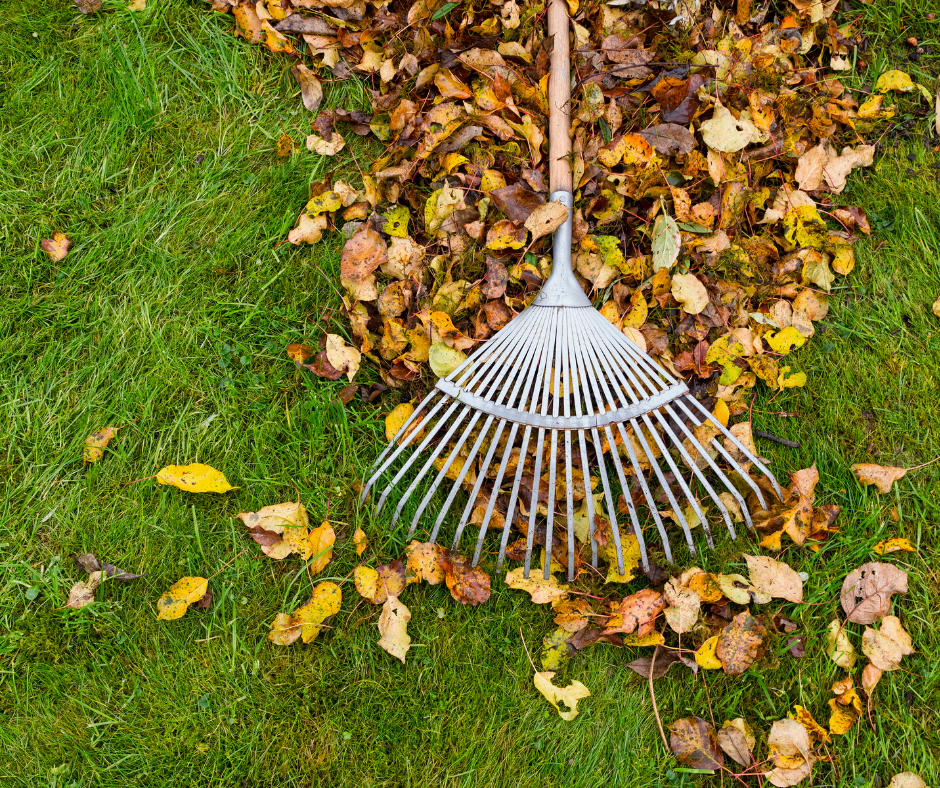Caring for Your Lawn in the Fall
go.ncsu.edu/readext?881571
en Español / em Português
El inglés es el idioma de control de esta página. En la medida en que haya algún conflicto entre la traducción al inglés y la traducción, el inglés prevalece.
Al hacer clic en el enlace de traducción se activa un servicio de traducción gratuito para convertir la página al español. Al igual que con cualquier traducción por Internet, la conversión no es sensible al contexto y puede que no traduzca el texto en su significado original. NC State Extension no garantiza la exactitud del texto traducido. Por favor, tenga en cuenta que algunas aplicaciones y/o servicios pueden no funcionar como se espera cuando se traducen.
Português
Inglês é o idioma de controle desta página. Na medida que haja algum conflito entre o texto original em Inglês e a tradução, o Inglês prevalece.
Ao clicar no link de tradução, um serviço gratuito de tradução será ativado para converter a página para o Português. Como em qualquer tradução pela internet, a conversão não é sensivel ao contexto e pode não ocorrer a tradução para o significado orginal. O serviço de Extensão da Carolina do Norte (NC State Extension) não garante a exatidão do texto traduzido. Por favor, observe que algumas funções ou serviços podem não funcionar como esperado após a tradução.
English
English is the controlling language of this page. To the extent there is any conflict between the English text and the translation, English controls.
Clicking on the translation link activates a free translation service to convert the page to Spanish. As with any Internet translation, the conversion is not context-sensitive and may not translate the text to its original meaning. NC State Extension does not guarantee the accuracy of the translated text. Please note that some applications and/or services may not function as expected when translated.
Collapse ▲As the summer comes to an end and the cooler days of fall are approaching it is time to start thinking about fall lawn care.
 Now is a good time to test your soil to learn the pH and nutrient levels. A soil test can advise you of the pH of the soil and if lime may be needed. A soil test report will also provide fertilizer recommendation. Remember the correct time to fertilize tall fescue is in the fall. If you may have warm season grass such as Bermuda or zoysia do not fertilize until next spring in late April/early May.
Now is a good time to test your soil to learn the pH and nutrient levels. A soil test can advise you of the pH of the soil and if lime may be needed. A soil test report will also provide fertilizer recommendation. Remember the correct time to fertilize tall fescue is in the fall. If you may have warm season grass such as Bermuda or zoysia do not fertilize until next spring in late April/early May.
Soil Testing Kits from N.C. Cooperative Extension are available for pick up at the Union County Ag Center and at all Union County Libraries. The cost for analysis is free from April 1 – Thanksgiving, so now is the perfect time to do your samples. Directions for collecting a proper soil sample are included in the packet. The turn-around time for receiving your soil analysis is about two weeks. Your analysis report will include lime and fertilizer recommendations as needed for your site. If you don’t understand your report or have questions about it, you can call me at 704-283-3729 for help.
If you had a lot of annual bluegrass in your lawn this past spring, you may want to consider an application of a pre-emergent herbicide to help manage it. Timing for application is late August to mid-September and if you had especially heavy infestation you may want to make a second application about 6 weeks later.
Thinking ahead, don’t allow the leaves from trees to pile up on your lawn. If you can, mow with a composting mower. If there are not too many leaves, the small bits will shift down between the grass blades and add organic matter to the soil. If there are too many leaves, you can pick them up with a bagger on your lawn mower or rake them. Then instead of bagging them for the city to pick up, use them as mulch around your trees, in ornamental beds, and even your vegetable garden. Think of it a slow-release fertilizer that also helps prevent weeds & conserves moisture.
To learn more about growing and maintaining healthy turf and for information on how to control annual bluegrass, visit the NC State Turffiles website.




